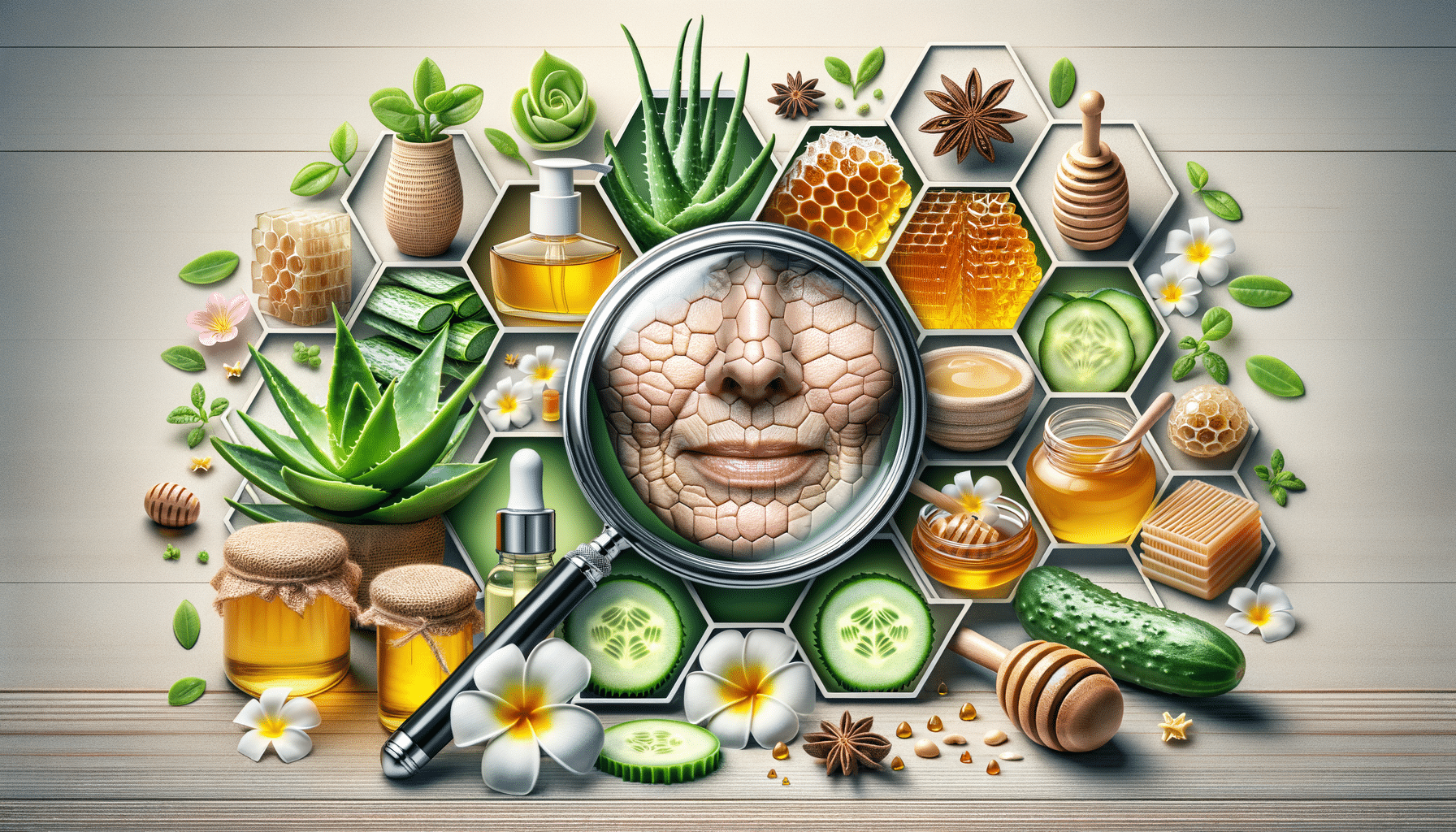
DIY Skincare: Embrace Sustainable Beauty Practices
Sustainable beauty is no longer a fleeting trend but a conscious choice embraced by consumers worldwide. DIY skincare, a significant component of this movement, empowers individuals to create personal beauty rituals that are both environmentally friendly and effective. By opting for homemade solutions, you not only reduce waste but also gain control over the ingredients that nourish your skin.
Why Choose DIY Skincare?
In a world where transparency and sustainability are highly valued, DIY skincare offers a unique opportunity to align your beauty routine with your ethical values. According to a study from the Global Wellness Institute, the wellness economy is projected to grow by over 5% annually, with sustainable beauty practices playing a pivotal role. DIY skincare allows you to use natural ingredients, often sourced locally, which reduces your carbon footprint and supports local communities.
Expert Insights
Renowned dermatologist Dr. Clara Bennett notes, “Embracing DIY skincare not only enhances your beauty regimen but also fosters a deeper connection with the environment. By understanding the origins and benefits of each ingredient, you make informed and sustainable choices.”
Getting Started: Essential Ingredients
Creating your own skincare products doesn’t require a chemistry degree. Here are some essential ingredients to consider:
- Coconut Oil: Known for its moisturizing properties.
- Aloe Vera: Soothes and heals irritated skin.
- Honey: A natural antibacterial and anti-inflammatory agent.
- Oats: Excellent for exfoliation and soothing sensitive skin.
| Ingredient | Skin Benefit | Usage |
|---|---|---|
| Coconut Oil | Moisturizes | Use as a base or add to scrubs |
| Aloe Vera | Soothes | Apply directly or mix in masks |
| Honey | Antibacterial | Use in masks and cleansers |
| Oats | Exfoliates | Add to scrubs and masks |
| Green Tea | Antioxidant | Use in toners and masks |
| Rose Water | Hydrates | Use as a toner |
| Jojoba Oil | Balances Oil | Apply as a serum or base |
| Cucumber | Refreshes | Add to masks and toners |
Personal Anecdote
Consider the transformative journey of Olivia, who swapped store-bought lotions for homemade alternatives. She discovered that using simple ingredients like aloe vera and honey not only improved her skin texture but also contributed to a reduction in plastic waste. Olivia’s story is a testament to the impact and satisfaction of crafting personalized skincare solutions.
Actionable Tips for DIY Success
To ensure your DIY skincare journey is successful, follow these tips:
- Start with simple recipes to build confidence.
- Patch test new ingredients to avoid allergic reactions.
- Store creations in sterilized containers to extend shelf life.
- Research ingredient properties to tailor recipes to your skin type.
Pro Tip: Always label your DIY products with the date of creation to monitor freshness and efficacy.
Conclusion: Start Your Sustainable Skincare Journey
Embracing DIY skincare is more than just a beauty choice; it’s a lifestyle commitment to sustainability and self-care. By taking control of the ingredients you use, you contribute to a healthier planet and a healthier you.
FAQ
What are the benefits of DIY skincare?
DIY skincare allows customization, reduces waste, and often involves using natural ingredients that are gentle on the skin.
How can I ensure my DIY products are safe?
Always patch test new recipes, use sterilized containers, and research ingredients thoroughly.
Is DIY skincare cost-effective?
Yes, DIY skincare can be cost-effective as it often involves ingredients you may already have at home.
Can DIY skincare replace all store-bought products?
While it can replace many, some products like sunscreen should be purchased to ensure efficacy and protection.


